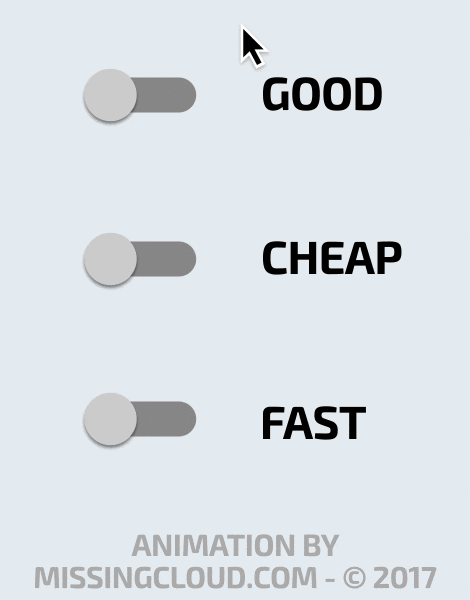
Web3 has gospel truth: you can optimize for fast, cheap, or secure, but never all three. It’s blockchain’s iron triangle, repeated so often that builders design around compromise before they even start coding.
But manufacturing broke this rule decades ago.
Tesla didn’t accept the trade-off between speed, cost, and quality when they introduced giga-casting. Instead of assembling 70+ parts into a rear chassis, they cast it as one piece. Fewer stations, faster production, lower costs, higher precision. The “impossible” triangle became an engineering challenge, not a natural law.
Why Web3 Stays Trapped
The trilemma persists because most Layer 2s still think like assembly lines from 1913. Sequential processing, one transaction after another, creates artificial bottlenecks. When Marketing Guild debates platform choices, they’re essentially asking: “Do we want fast adoption or quality engagement?” The assumption that you can’t have both locks teams into defensive strategies.
Meanwhile, @Alpha_Alith’s work on intelligence layers for liquidity shows how AI can simultaneously improve multiple constraints. When systems get smarter, trade-offs become optimization problems.
Hyperion’s Giga-Casting Moment
Parallel execution isn’t just faster processing, it’s architectural consolidation. Like Tesla reducing 70 parts to one casting, Hyperion potentially collapses multiple constraint layers into unified operations. Real-time AI inference, parallel transaction processing, and decentralized sequencing could run simultaneously rather than competing for resources.
The question isn’t whether Hyperion achieves this on testnet—it’s whether builders are designing for the new possibilities or still thinking in sequential limitations.
The Pattern Recognition Problem
Recent on-chain analysis reveals something interesting: successful dApps show consistent growth across wallet diversity, transaction patterns, and liquidity flows simultaneously. They don’t sacrifice one metric for another—they optimize the system.
What if the trilemma is actually measurement failure? When Toyota introduced lean manufacturing, they didn’t choose between quality and speed—they redefined both through continuous improvement cycles that made them mutually reinforcing.
Breaking the Mental Model
The real trap isn’t technical constraints, it’s conceptual inheritance. Every guild operates within inherited assumptions about what’s possible. Marketing assumes fast growth means sacrificing quality engagement. Builders assume security means sacrificing speed. Operators assume decentralization means sacrificing efficiency.
But what happens when parallel execution, AI-native operations, and real-time consensus make these trade-offs obsolete?
For discussion: Which dApps in our ecosystem are already breaking the trilemma? Are we building for 2025 possibilities or 2020 limitations?
@Alpha_Alith, your pattern recognition work—do successful projects show evidence of escaping traditional constraint thinking?